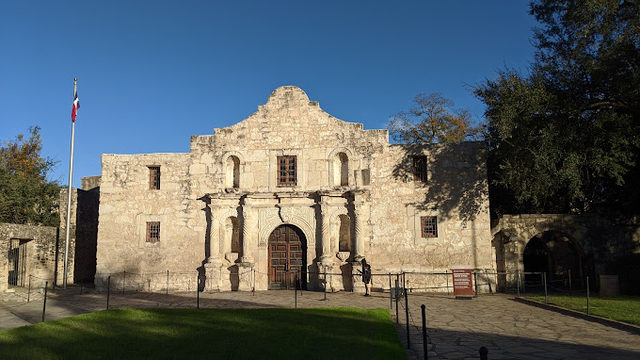Abandoned Towns In Pennsylvania
1. Pithole City
This municipality was established in 1865, during the oil boom in the 1860s, in western Pennsylvania. At this time, oil barons bought land and built the township. The municipality began to decline after the oil boom faded. After a major fire, many residents of Pithole City left. In 1866, there were only 2,000 residents in the Pithole City region. In 1878, this number was down to 250.
2. Eckley Miners' Village
In the 1850s, Weatherly and its surrounding area was a mining community. When coal mining declined in the region, the village was abandoned. The mines were mostly sold. Today, you can visit Eckley in safety. It is a museum, and it houses residents. The village is not abandoned. Scenicstates.com says that around 20 original coal workers' families live in the village.
3. Rausch Gap
This ghost town in Lebanon County was once the largest coal mining village in the state. The history of the area dates back to 1823, when a coal mine opened nearby. Shortly after, a town was constructed. A railroad was constructed between 1850 and 1851. In 1872, the railroad's headquarters were moved to another location. This led to the Civil War. The Rausch gap had disappeared by 1900.
4. Centralia
You've probably heard about this abandoned borough. The municipality, once a vibrant mining town with a vibrant community, began to decline after a significant underground mine fire in the 1960s. Centralia became a borough in 1992. Centralia still has some residents, but only half of the area is visible. Steam is still rising. Stay away from prohibited areas and keep an eye out for warning signs.
5. Petroleum Center
It is also located in Venango County, Western Pennsylvania. Both were established during the oil boom of the 1960s. Up to 3,000 people lived in the area. Petroleum Center, on the other hand, lasted only ten years and was abandoned in 1873. Oil Creek State Park offers an excellent opportunity to view parts of the Petroleum Center.




